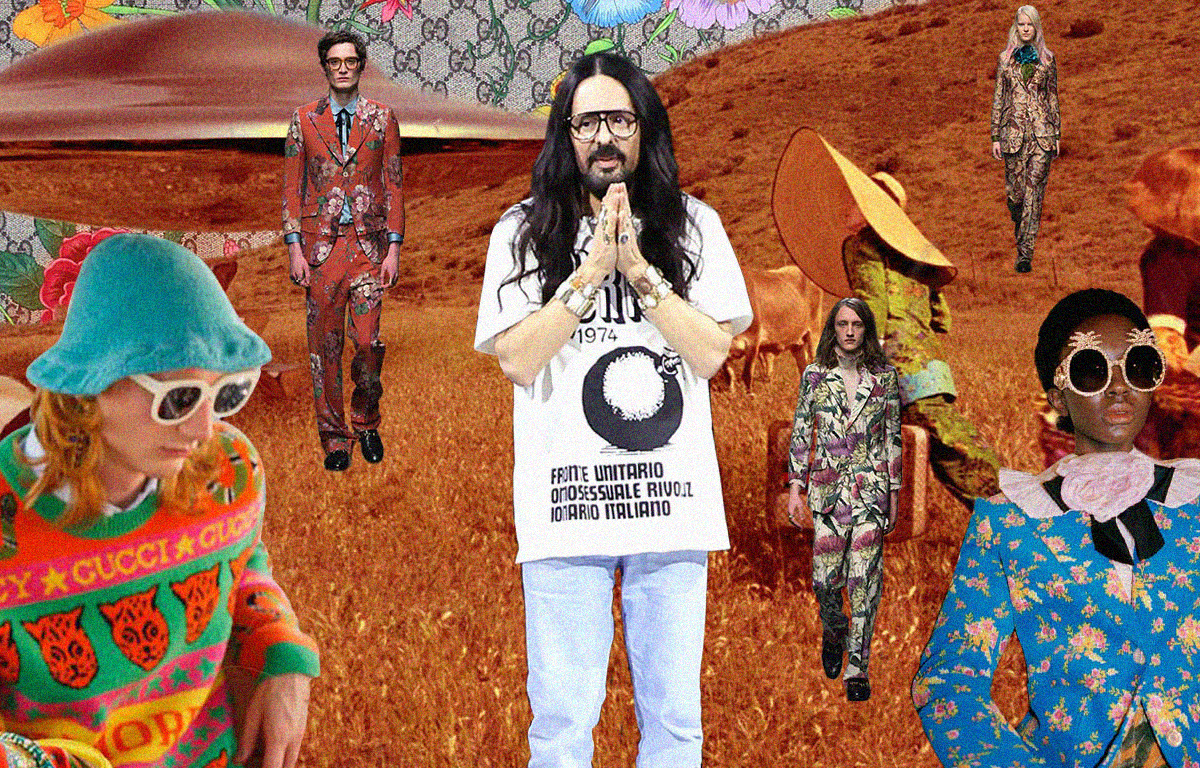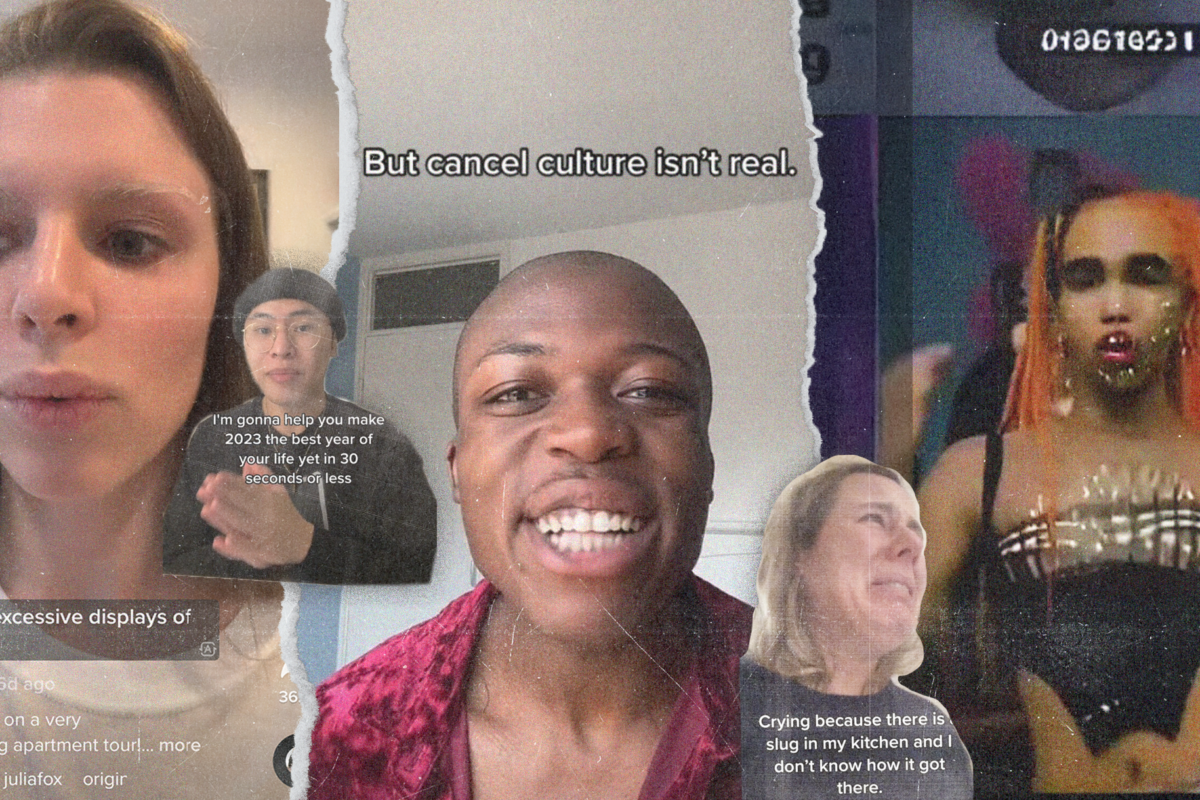-
TLDR:
- ● Video vixens have been direct inspirations for a lot of the Y2K aesthetics and trends we see on social media and mainstream fashion today. However, these women are never credited, making them unsung heroes.
- ● Social media has given the “IT girl” trend a new lease of life, combining other aesthetics and lifestyle habits from other movements online.
- ● Aesthetics are now more accessible due to TikTok’s tools that allow GEN Z to romanticise their lives.
- ● Brands are now jumping on the hype, including the “IT girl” trend in their social strategies.

Every generation has had its “IT girl”, but the wave of “IT girls” dominating social media today, directly derives from the untouchable group of women who were video vixens in the late 90s and early 2000s.
Video vixens; the unsung heroes:
A “video vixen” is a term first used to describe women of colour, who appeared as background dancers or love interests in hip-hop videos around the late nineties and early 2000s. She is presented to the audience as a modern-day goddess and the most iconic rappers we know sang to and about her. The video girl aesthetic was often distinguished with very glossy lips, lip liner, thin brows, a belly ring, statement accessories and jewellery. Sound familiar? For hairstyling, extensions were popular, with bumped ends, finger wave curls, often achieved with a natural doobie wrap or a perm. When it came to their wardrobe, it mostly consisted of diamante tops, furs shrugged on their shoulders, very low-rise jeans, slip dresses, designer bikinis, denim shorts and platform heels.
ONE: A Manifesto of Maximalism

Video vixens have a particular hold on today’s youth culture because of how they impacted the previous generation of young women. “I can identify with a video vixen because I know as a dark skin black woman my features are unique and I know I am beautiful,” influencer Mary Poppin tells Rolling Stone. Video vixens possessed a quality of chicness that represented women of colour at the time, that couldn’t be found in the pages of Vogue. The viewer’s gaze was permanently fixated on them, as they danced, posed — or simply existed — like art to be marveled at. A lot of video vixens are mostly known by face and not by name. Like the beautiful dark skin girl (Lanisha Cole) from Pharrell’s 2003 ‘Frontin’ music video or the woman in the baby blue fur coat and silver cut out dress (Jeannette Chaves) in Jay Z’s ‘Excuse Me Miss’ music video.

What made these women so special was not just their beauty, but the mystery surrounding them. They were well known, but not too exposed or easily accessible. A magic was attached to them that made everyone want to know who they were, or get the opportunity to be in their presence. Some of the most successful video vixens appeared in fashion campaign ads and movies, and some even went on to start their own businesses. Lauren London is a prime example of this, landing many lead and supporting actress roles, as well as collaborating with well known brands, such as Puma. Some video vixens became celebrities and actresses we still see on our screens today, such as Gabrielle Union, LisaRay McCoy, Cassie and Vivica A Fox, just to name a few. Fast forward a few years, the video vixen has been reborn into the “IT girl” influencer.

The rise of the “IT girl” in social media and mainstream fashion:
The early 2000s is considered the peak video vixen era, and a lot of the popular content creators of today still base their style off of these women. The “IT girls” today still sport the glossy lined lips, nostalgic hair styles and y2k fashion pieces. They have a mysterious aura and their followers simply cannot get enough. Some honourable mentions go out to Lori Harvey, India Love, Aaliyah Jay and Jayda Cheaves. Although these are big names in the social media world, they come with many more “IT girls” following behind them.

Even looking at the work of some photographers, we can also see the clear influence the video vixen era has on present day. Photographer Edwig Henson, who has worked with artists like rapper Ice Spice, Chloe Bailey, Latto, and more, has gained popularity for his work which evokes the aesthetics of King, the now-defunct magazine from the early 2000s that featured many of the vixens as a centerfold. His photography merges the imagery of millennial and Gen Z online sensibilities with the sultry and sleek 2000s video vixen. Henson’s work leans into the hyper-real as it does the raunchiness, as his models are often portrayed as towering figures.
Even fashion brands of today are lending aesthetics from the video vixens of the late 90s/early 2000s. Blumarine, Miaou, Jaded London and IAMGIA are all very popular brands among young women that are known to feature anything low-rise, bejeweled, furry or mesh in their collections. These brands have mastered the aesthetic and know exactly who to market to. They know their target audience is made up of young women who want to feel like “IT girls” and dress like them too. However, whether these brands pay true homage to the source of their inspiration is questionable.

And then came TikTok:
TikTok’s rise and popularity above all other social media platforms have allowed trends and aesthetics to be more accessible to a wider audience. Its ability to bring trends into the mainstream is outstanding and because of this, the “IT girl” aesthetic has become a beast of a trend. Gen Z are now able to romanticize their lives and be the ultimate main characters through TikTok and it is no surprise why the “IT girl” trend is very attractive to the young female demographic. A trend that was once exclusively available to a certain group of women, has now become something any young woman can take part in. Of course, with the recycling of an aesthetic, there comes change, tweaks and upgrades. The “IT girls” of today show up slightly differently: brand deals, celebrity relationships, high-rise apartments and luxe cars, not to mention the lady-of-leisure ‘day in the life’ content. However, still mysterious, still glamorous, fashionable and highly adored. Thankfully, due to TikTok’s ability to resurface old trends and movements, there is sweeping admiration on the platform for the video vixen styles of the early 2000s. The hashtag #videovixens currently sits at over 5.8 million views on the platform. This shows, in real-time, the direct interest and inspiration taken from the aesthetic.
How brands are utilizing the “IT girl” trend:
And with every trend comes a swarm of brands, ready to capitalise off of it. There’s no coincidence the creator economy has boomed in the last few years. Brands understand the power of content creators but the “IT girl” era has taken it to a whole new level. They’re a huge part of their strategy and the faces of their campaigns. Famous “IT girls” are snatched up by brands to bring along their audience and give brands an edge and a stronger identity. With Megan Thee Stallion bringing Coach bags back to life and Doja Cat sporting Heaven By Marc Jacobs, it really is paying off when attaching an “IT girl” to your brand.

With the culture’s fascination with early-noughties nostalgia through fashion and music, it is time to acknowledge the video vixen as the original “IT girl.” Without her, the music wouldn’t sound the same and the outfits wouldn’t hit different.


